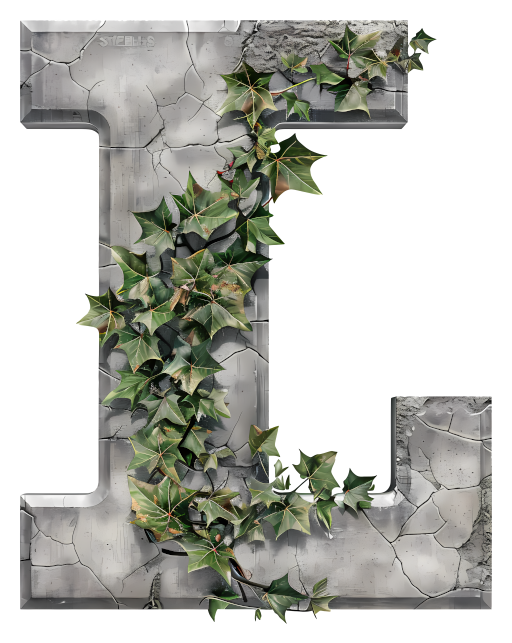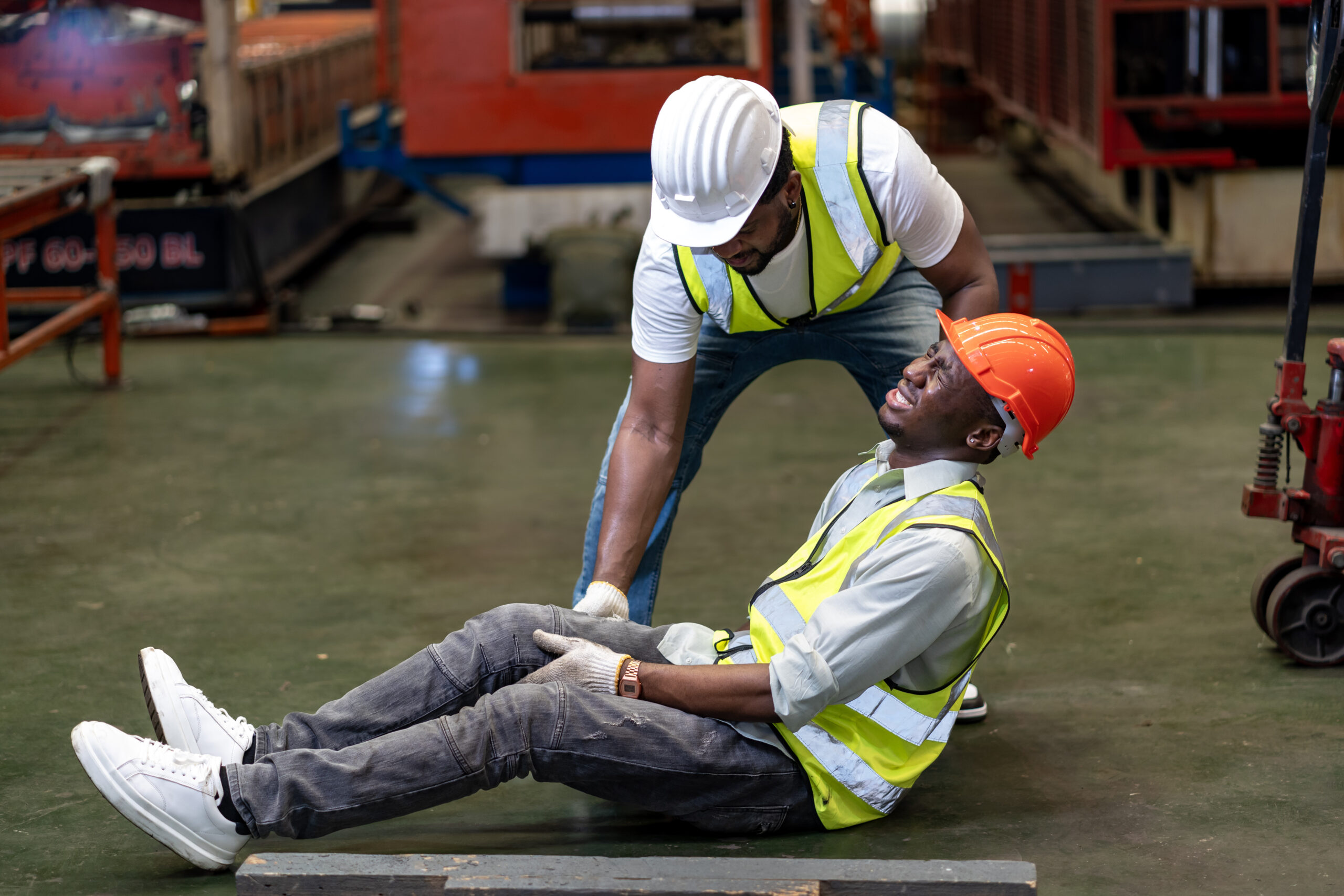A person I like to call my friend, Miggy, recently put his life at risk in a situation where it is not obvious what the risks are.
His article, Proper Tooling Makes Things Easier, shows how easy it is to do things that look safe, but are not.
His problem was that he needed to get under his riding mower to work on the blades. Not a huge issue until you start to look at the requirements for that lift.
The first thing we notice is that he has done an accurate assessment of the load. “Less than 2000 pounds, or 1 ton.”
A one ton chain host will give him the lifting ability he needs.
The next question is, where to attach the chain hoist. This is our first sketch issue, he attached it to a ceiling joist in his garage. These are normally 2×8 but can be as small as 2×6, if they do not carry a load. They are normally in tension to keep the walls from spreading.
A better option would have been to run a beam across multiple joists and then attach the hoist to that. This is an opinion, I would need to verify before doing. There are other issues at play. Using multiple joists will spread the load and make for a safer lift.
Having gotten the chain host in place, he now had to attach the mower to the hoist. He used ratchet straps.
These use flat webbing with a reasonable rating. Unfortunately, these can lose much of their rated strength just by tieing a knot in them. I seem to remember that it is as much as 50%. I, personally, would never use a ratchet strap for a lift that had safety implications, like laying under the lift.
The basket hitch he used is close to a 30° lift. This does not derate the line.
My small lifting straps are 24 ply by 2 inches. The vertical lift is 11,000 pounds. In a 30° basket hitch, it is still 11,000 pounds.
The next issue is his safety. He stated that he had car jack stands under there. This is the scary part for me.
His image showed the jack stand almost completely extended. This means that any lateral movement might cause the jack stand to shift or tip over. This is a scary, scary place to be when the heavy thing above you starts to come down.
My armchair, back seat, Monday night quarterbacking suggests that it would have been safer to transfer the weight to jack stands, as low as possible. Then do the work. It might even have been possible to use cribbing under the unit.
Regardless, I’m happy he was able to safely perform his repairs.
The stories
When I was 18, I was helping my brother pull the engine from a VW. This is a simple procedure.
Disconnect the throttle cable, disconnect and plug the gas line. Remove the rear bumper and deck. Deal with the electrical connections to the engine.
Once that is done, you have to remove four 17 mm nuts. These nuts go on four studs with a half moon to keep them from spinning.
I was the guy under the car. I could do the two bottom nuts myself. Then I would have to reach up, blindly, over the transmission bell housing, find the studs. My brother would then reach behind the fan housing, get a socket on the nut and remove it.
Reaching the studs and nuts was done blind. You can’t see them from there.
Once those nuts are loose, the engine is hanging on its crankshaft. So before you get there, you put a jack under the engine to support it.
When everything is ready, I hold the engine from below, my brother grabs the tail pipes, and then we gently pull the engine out.
Being health young men. Bro was working at an iron works, making parts for bridges. I was riding my bike many miles a day and doing Kendo and Judo. We were in reasonable shape.
On the count, bro pulls, and I guide and apply pressure to move the engine. The engine comes out a good six inches, knocking the jack over.
So there we are, Bro holding up his half of the engine by the tail pipes, me under the engine doing a bench press with no ability to extend, and the engine about 5 inches above my nose.
At this moment, dad, who had been watching from the garage steps, pipes up to give advice.
I have never been prouder of my father than at that instance. I said, “Dad, be quiet. Bro and I have this.”
Dad stuttered, got up and walked into the house.
“Bro, on three we are going to put the engine back. I’ll lift, you push, it should just slide back in. One, Two, Push”
And that engine was back in place.
We reset and pulled the engine with no issues. But it was hairy there, for a minute.
Second Story
My friend was visiting a mutual friend. In their finished basement, they had some furniture hanging from the ceiling.
These were smart people. They understood that threaded eye screws could pull out or unscrew. Instead, they drilled through the joist and put a thorough bolt in place.
All the math was mathing so they didn’t think anything about it. My friend asked them if they had considered dynamic loads. They went “oh shit”
An hour later, all the hanging furniture had been removed. It turns out that the fixtures they were using were not rated to support the dynamic loads of people just plopping into the hanging furniture.


in the words of my very good friend- gravity is fierce around here….
heh.
Ahhh… I remember being young and bulletproof.
These days, I ensure I am using proper tooling because it makes the work easier and more efficient. Not necessarily because it is safer, however, it is safer because the proper tools are used. And let me stress the safer statement there… I do not ignore safety, it is just one of several factors I apply when making the tool decision. And, I have yet to encounter a tool that makes the job more efficient that did not increase safety.
I am over the age of 40, and healing is not quick anymore. Last thing I need to do is end up in a cast for months, then PT for another year. If buying a $30 properly sized wrench instead of using ViceGrips is the way to get there, it is $30 well spent. (Actual real world example)
I had read Miguel’s post on the lawnmower, and thought good start, but not checking the load bearing capability of the joist was a fail. I did not notice the mower was not resting on the jackstands, and agree, it is wishful thinking to assume they would not fall over if the mower hit them with force.
Be safe out there. Gravity is not your friend.